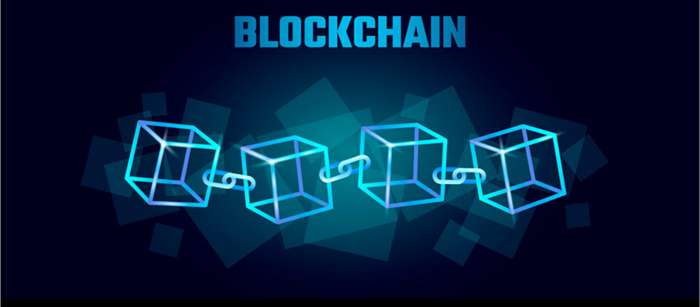Why blockchain is important:
Business runs on information. The faster it’s received and the more accurate it is, the better. Blockchain is ideal for delivering that information because it provides immediate, shared and completely transparent information stored on an immutable ledger that can be accessed only by permissioned network members. A blockchain network can track orders, payments, accounts, production and much more.
- Increasing Government Accountability
- Reducing Government Corruption
- Public Procurement / Government Contracting
- Land Title Registries
- Electronic Voting
- Beneficial Corporate Ownership Registries
- healthcare system




